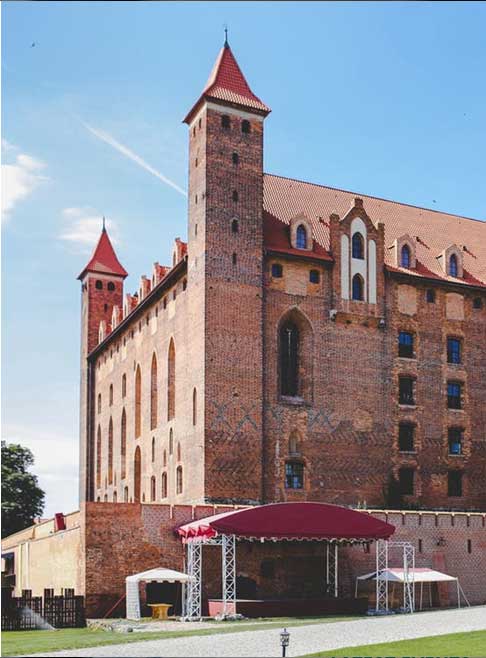Overview of Chemicals Management in South America
Although Latin American countries lag behind the EU in terms of chemicals management and the circular economy, some countries are pushing ahead with chemicals legislation, including Brazil, Colombia, Chile, and Peru. Note that all links in this post refer to documents available only in each country’s national language.
Brazil
On April 24, the Brazilian Senate Committee on Science, Technology, Innovation, and Informatics (CCT) presented a draft law, PL 6120/2019, on chemicals management, that create the legal basis for upcoming chemicals regulation (Brazil REACH). The Senate Environment Committee and the Social Affairs Committee will now review the bill before approval by the President. Once the law comes into force, companies will have three years to register their substances.
In July 2023, the Brazilian Institute of Technical Standards (ABNT) published GHS standard ABNT NBR 14725:2023. Brazil thus adopted the requirements of GHS Rev. 7 (Globally Harmonized System of Classification and Labelling of Chemicals: GHS). The new standard will come into force on July 4, 2025.
Argentina
The draft of a national chemicals law created in 2019 remains in force. So does “Resolution 504” of November 2022, which contains a national list of existing, controlled, restricted, and banned chemical substances and products as does “Resolution 81” of October 2019 with a list of carcinogenic agents and substances. However, since President Javier Milei took office in December 2023, further developments are more uncertain than ever.
For classification, labeling and safety data sheets (SDS), Argentina follows GHS Rev.5. “Resolution No. 801/2015” applies, as supplemented by “Resolution No. 3359/2015” and “Resolution No. 155/2016.”
IRAM 41400 serves as a guideline for the creation of SDSs and IRAM 41401 for the labeling of substances. Labels must be created in Spanish.
Chile
Decree 57/2021 regulates the classification, labeling, and notification of hazardous substances and mixtures and is supplemented by “Resolution 777/2021.” The regulation is based on GHS Rev. 7. Decree 57 facilitates the classification of around 4,500 substances and is regarded as a minimum reference for manufacturers and importers. Among other things, it lists the names of substances, CAS numbers, classification criteria, and limit values.
Decree 60/2022 on the storage of hazardous substances defines the creation of SDSs. Importers will also find Resolution 15/2023 (List of Dangerous Substances Subject to Import Process) important.
Please note the following deadline: Importers and manufacturers of chemicals that supply products to Chile must report hazardous substances used industrially by August of this year.
Colombia
Colombia is as advanced as Chile in terms of chemicals legislation. The legal framework rests upon Decree 1496/2018 and its requirements based on GHS Rev. 6. Decree 1630/2021 was published in November 2021 to create a national inventory for industrial chemicals.
Accordingly, companies that manufacture or import substances classified as hazardous in quantities of more than 100 kg per year are obliged to provide certain information on these substances, including the CAS number, the annual production or import quantity, the GHS classification, and information on use.
Companies that manufacture or import hazardous substances to Colombia must register them by May 31, 2025.
Resolution 0773/2021 provides the legal framework for substance labeling and the creation of SDSs.
Peru
Decree 1570 came into force in May 2023. It introduced a national register for chemical substances (RENASQ) and a procedure for the risk assessment of priority substances. The legal framework is currently undergoing further development to meet GHS requirements.
We are very familiar with chemicals legislation in the countries of Latin America. If you have any questions, please contact us at sales@kft.de.


